Module: Giuseppe Simone Assemani
Giuseppe Simone Assemani (Yūsuf Simʿān al-Simʿānī يوسف سمعان السمعاني) was born in 1687 in Ḥaṣrūn, Mount Libanon to an illustrious Maronite family of scholars and clergymen.
He was educated at the Maronite College in Rome and then worked at the Vatican Library as scribe and translator. There he also catalogued the early Christian manuscripts that were brought from Egypt by his close relative Elias Assemani in an adventurous journey in 1707. Between 1715 to 1717 Giuseppe Assemani travelled to the Middle East to acquire manuscripts at the request of Pope Clement XI. He brought around 150 manuscripts back to the Vatican Library, mainly from the Nitrian desert monasteries, but also Damascus, Aleppo and Mount Lebanon. By papal commission Assemani was sent on a second journey to the Middle East (1735-38) were he acquired an even larger and more valuable collection of manuscripts.
In 1739 Assemani was appointed First Custodian of the Vatican Library and 1766 became titular Archbishop of Tyre. He died in Rome in January, 1768. Assemani greatly contributed to Syriac studies, his opus magnum Bibliotheca Orientalis Clementino-Vaticana, a catalogue of the Oriental manuscripts of the Vatican Library, being the first European history of Syriac literature. He published numerous works, however the majority was destroyed by a fire in his Vatican apartment in 1768. Assemanis manuscript acquisitions form the core of the famous Oriental collection of the Vatican Library.
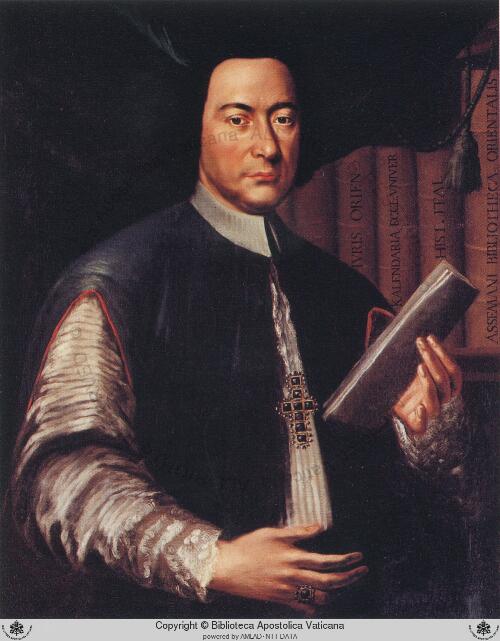
Source: https://digi.vatlib.it/view/GDS_BAVOA.144 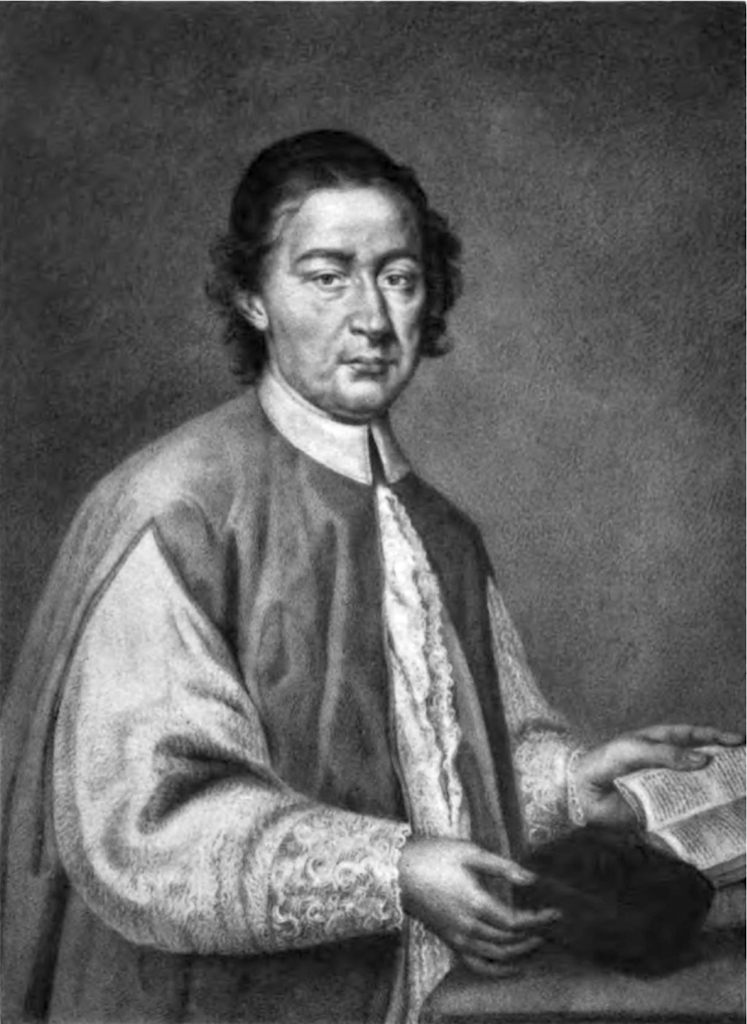
Source: Darauni, A. P. Ioanne Notain. 1881. Per Iosephum Simonium Assemanum, Syro-Maronitam, nunc Primum ex Codice Vaticano. Series Chronologica Patriarcharum Antiochiae. Rome: Ex Typographia Polyglotta. http://archive.org/details/SeriesChronologicaPatriarcharumAntioc 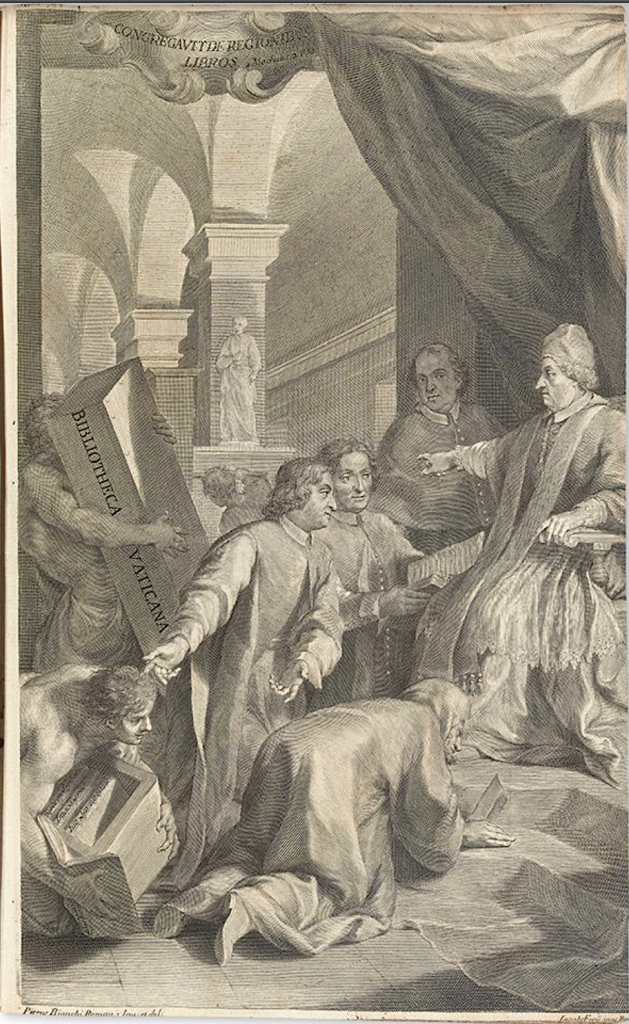
Source: Bibliotheca orientalis Clementino-Vaticana https://reader.digitale-sammlungen.de/de/fs1/object/display/bsb10798637_00017.html?zoom=0.5 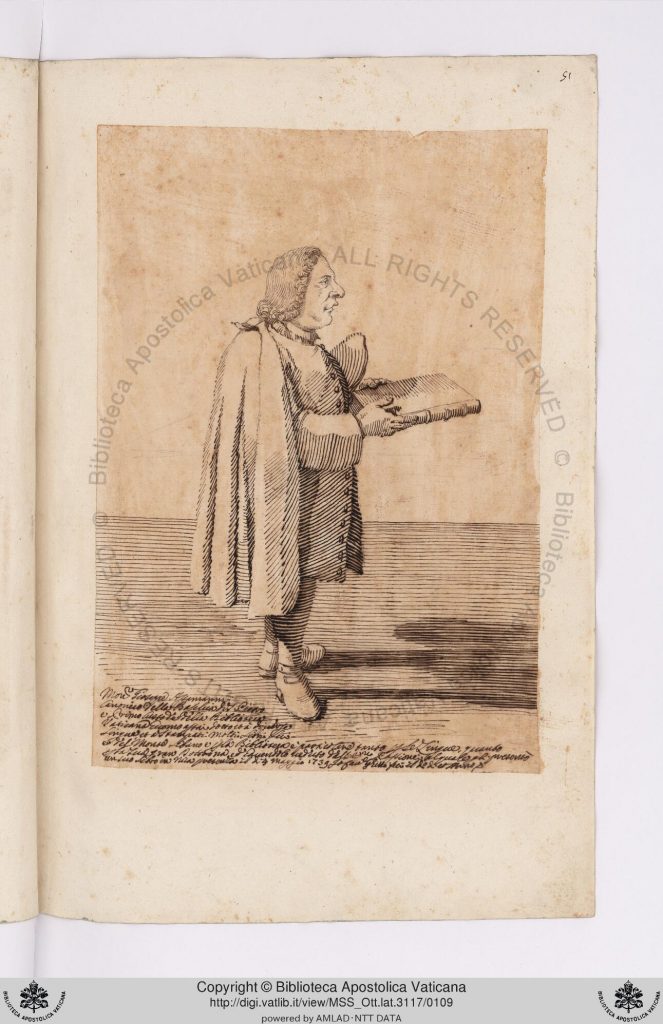
Vaticana MS Ott.lat.3117, 51r Source: https://digi.vatlib.it/view/MSS_Ott.lat.3117 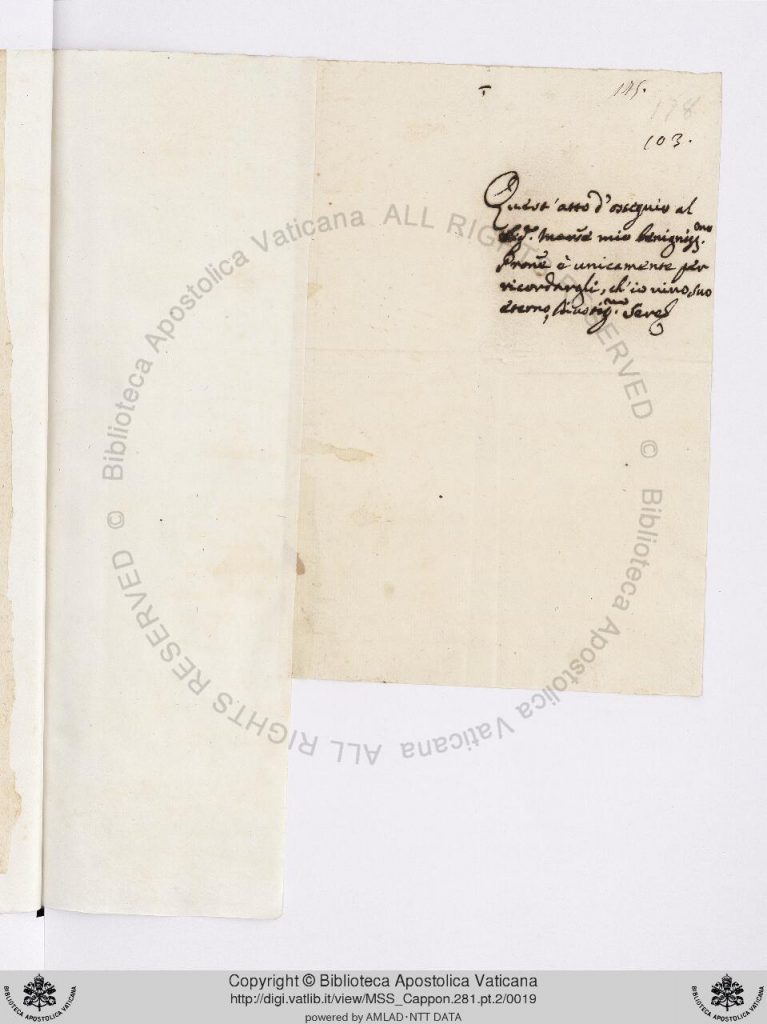
Assemani’s handwriting, MSS Cappon 281 pt. 2, f. 178r. Source: https://digi.vatlib.it/view/MSS_Cappon.281.pt.2/0019
- Read about Assemani in one of the reference articles listed in the bibliography below. The most detailed are Oussani 1907 and Hoffmann and Nestle 1896. What do you learn from these about what has become most important about Assemani’s legacy? What do you not learn from these?
- Examine one of the biographical books listed in the works cited (Darauni 1881, Fahed 1973, Gemayel 1984 or Sicard 1845). On what sources is it based?


